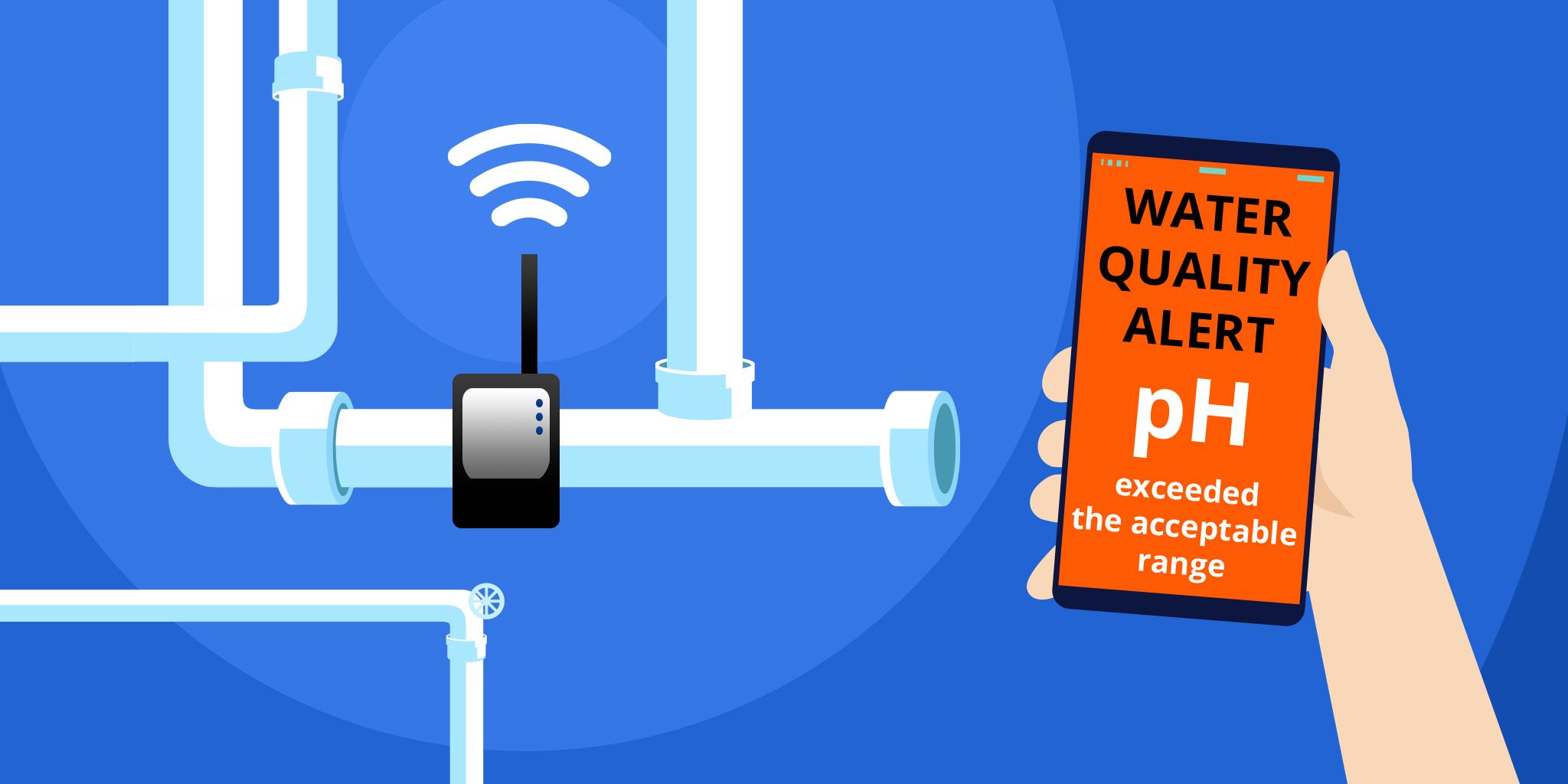Smart Streetlights to Save Cities on Utility Costs
Smart Streetlights to Save Cities on Utility Costs
- Last Updated: December 2, 2024
Semtech
- Last Updated: December 2, 2024



According to a new report from UK-based Juniper Research, the widespread deployment of smart streetlights could save up to $15 billion in utility costs by 2023.
If you think about how many streetlamps you pass on your daily drive home from work, it’s likely pretty high. Now think about all the unnecessary energy consumption being wasted on those same lights at 2 a.m., when the streets are less traveled. It’s not okay to assume that it should be dark and no lights are needed when streets have less traffic – that’s simply unsafe. However, by adding intelligence and control into smart lighting offerings, we can drastically reduce energy expenses and power consumption.
Smart technology provides remote lighting control that can more accurately adjust, modify and monitor the amount of time the lights are turned on and to what extent.
Smart technology provides remote lighting control that can more accurately adjust, modify and monitor the amount of time the lights are turned on and to what extent. This also aids in reducing overall street light maintenance costs and improving asset tracking.
Traditional lighting implementations in today’s cities often fall short:
- Lack of flexibility: Street lights can only be turned on or off, and control is done either through timed scheduler switches or manually.
- Difficult to detect failures: Since multiple lamps are connected to a single feeder system, identifying failures can be problematic.
- Limited capabilities: Present street light systems are not adaptive to local weather.
By implementing smart technology – such as LoRa® devices and the LoRaWAN® protocol – into smart street lights, cities can overcome these challenges while saving on the bottom line. A recent example is Ahoy Systems, a manufacturer of smart street light solutions in India.
Ahoy’s smart street lighting solutions offer ultra-low electricity consumption that has paid for itself in less than four years. This is critical as electricity consumption by street lights constitutes a large portion of an average city’s budget. LoRa-based solutions easily deploy into preexisting LED streetlamp infrastructure, offering a low deployment cost. The smart streetlamps also automatically dim according to programmable schedules and when detecting moonlight, in addition to sending automated messages to managers upon malfunction detection.
Ahoy’s current deployment is in India, but the market is increasingly witnessing more applications across the globe, building and deploying smart lighting street lights. With these improvements, cities are able to benefit from all that smart street lamps have to offer, such as the following:
- Reduced energy costs due to better control of light usage
- Context-aware lighting for enhanced public safety at big events
- Data from street lights and sensors to reduce maintenance and asset management costs
- A platform for other smart city applications, providing power and connectivity for sensors.
Does your town or city include smart lighting?
The Most Comprehensive IoT Newsletter for Enterprises
Showcasing the highest-quality content, resources, news, and insights from the world of the Internet of Things. Subscribe to remain informed and up-to-date.
New Podcast Episode

Moving Past the Pilot Phase in IoT and AI
Related Articles





